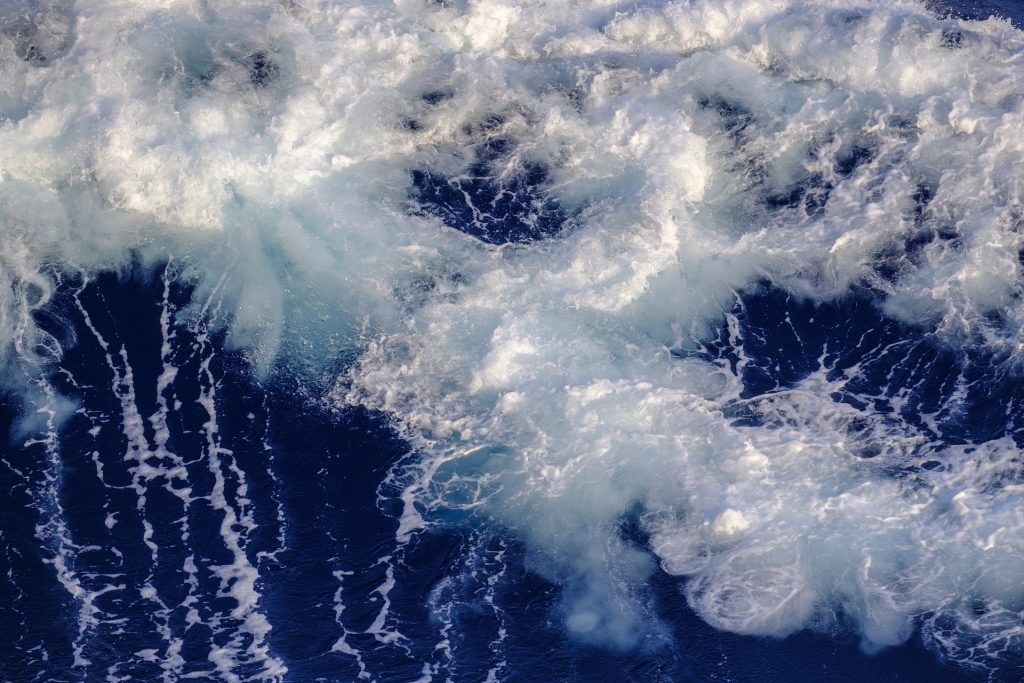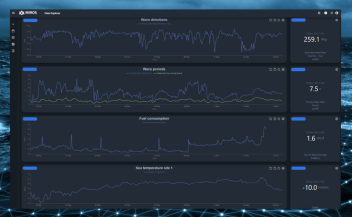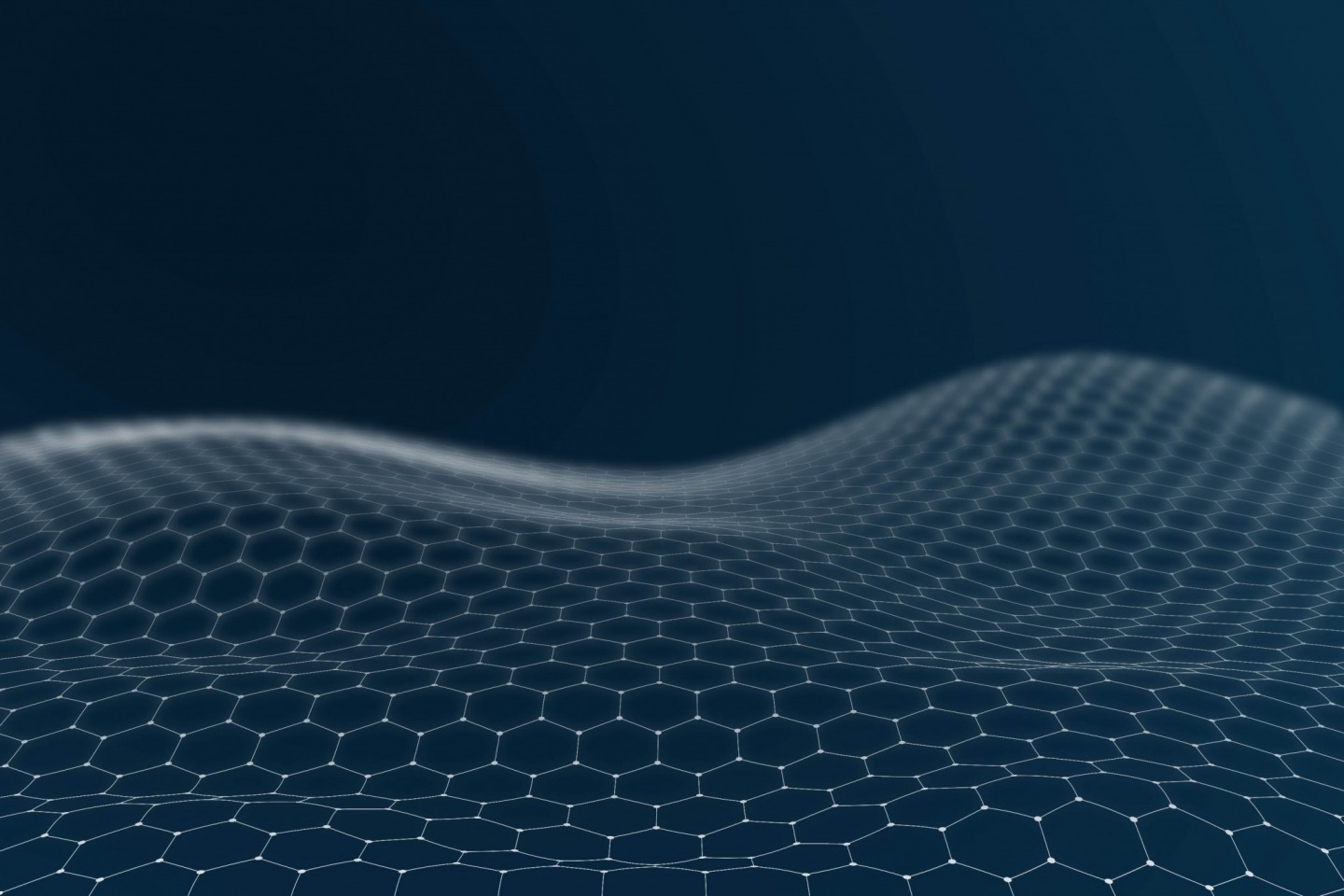Automatically Calibrated Wave Spectra by Wavex
Wavex provides directional wave spectra and wave parameters based on digitised X-band radar ocean surface images with no need for calibration using external references.




Download the whitepaper here.
Sea state measurements are used to secure and optimise operations and activity at sea, as well as in coastal areas. The Miros Wavex provides directional wave spectra and wave parameters based on digitised X-band radar ocean surface images. Significantly improved algorithms allow Wavex to operate using various radar types under a wide range of measurement conditions. Furthermore, Wavex achieves this without any need for calibration using external references.
Gaining access to accurate sea state measurements can be useful for a wide range of applications. These include (but are not limited to) vessel and structure fatigue assessments, input to bridge and decision-support systems, as well as to marine, crane and loading operations. Such measurements can also aid in fuel optimisation, route planning, cargo safety, and passenger comfort for ships in transit. Sea state measurements are also of great value for coastal monitoring.
In short, the availability of reliable, real-time ocean surface data can positively impact the safety, sustainability and performance of operations. The accuracy of Miros’ solution has been verified by comparing Wavex data with data from reliable reference sensors at a considerable number of sites. Thanks to the elimination of calibration procedures, Wavex can also severely reduce costs during installation and operation.

Automatic Calibration: Plug & Play with Wavex
Directional ocean wave spectra and integrated wave parameters can be obtained by processing digitised images from a conventional X-band radar. In the early years of this technology, calibration of these spectra depended upon various empirical and semi-empirical methods. These methods generally required an external reference sensor (a wave buoy, for instance) to initially establish calibration parameters. This process tends to be associated with additional costs and significant practical challenges.
Now, after several important breakthroughs, fully automatic calibration is supported by the Wavex system. This means that the user is provided with high-quality spectra and reliable wave parameters. This is possible for a broad range of radar types and measurement conditions, without the need for calibration.

Taking the Lead: Miros’ Advanced Algorithms
Wave sensors based on conventional X-band radars are indirect. This means there is no direct relation between image intensity and wave height. The radar sea echo is simply a depiction of the gravity wave pattern as seen by the radar where the slope of the ocean surface relative to the direction of sight is an important factor. As a result, obtaining calibrated wave spectra and wave parameters using such sensors is not straightforward.
Miros has developed algorithms to automatically calibrate wave spectra derived from gravity wave patterns in X-band radar images. The work has progressed through several stages, covering different parts of the algorithms, resulting in a system that supports automatic calibration. Algorithms used in previous versions of Wavex have been improved. In addition, new methods have been developed to increase the measurement accuracy and to support a wider range of radar types and measurement conditions without having to re-calibrate.
Download the whitepaper here.


